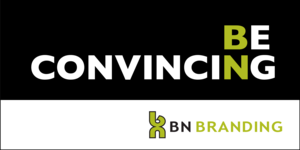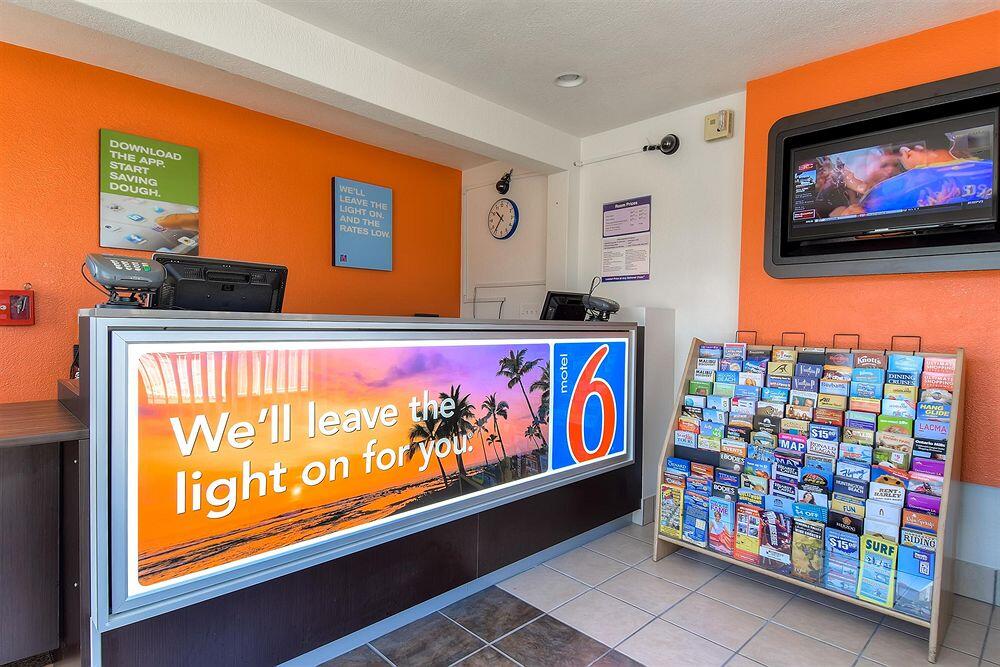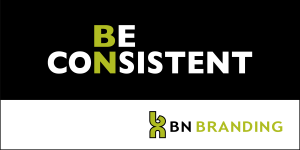![]() Kids get car sick. Cleaning vomit from the back seat is part of every new parent’s indoctrination. But when adults start getting woozy every time they run a quick errand, you have to wonder about the cause.
Kids get car sick. Cleaning vomit from the back seat is part of every new parent’s indoctrination. But when adults start getting woozy every time they run a quick errand, you have to wonder about the cause.
Is it car sickness or the constant barrage of bad radio advertising that makes you want to throw up?

You’ve heard the commercials I’m talking about…
The worst offenders involve a ridiculous, up-beat jingle or dialog between two “real people” who are stiffer than a week-old corpse.
In the worst-case scenario, it’s a double whammy of bad dialog with a poorly-produced jingle sandwiched on both ends.
How does this happen? Why do so many radio commercials degenerate into one long string of corporate cliches and yes-man mumbo jumbo?
Thankfully, with steering-wheel mounted audio controls, drivers can change the channel, quite literally, without lifting a finger. So the instant a bad commercial comes on they’re outta there. Before the gag reflex forces them to the side of road.
Radio advertising is potentially the most creative of all your advertising options.
There’s a reason it’s called “theater of the mind.” In a 30-second spot there’s time for character development. Plot lines. Even intrigue. Well-written radio engages the human imagination, entertains, sells, AND conveys a clear message about the character of your brand.
You can be concerned, caring and compassionate. You can be convincing. You can create drama that moves people, or comedy that cracks them up. You can literally make people hungry just by using a few choice words and some sizzling sound effects.

Unfortunately, most companies come off sounding obnoxious, greedy, juvenile, condescending or just plain idiotic.
Announcers talk about “our friendly and knowledgeable staff. ”
Jingle lyrics sing about “qual-i-ty and crafts-man-ship.”
And in phony slice-of-life commercials people talk enthusiastically about douches and over-the-counter hemorrhoid medication.
Puke alert! People just don’t talk that way, and everyone knows it.
If you want your radio advertising to be more palatable to the listeners—and more profitable —you have to do more than just the usual sales pitch set to music.
In fact, the most memorable radio advertising campaigns all contain five crucial elements:
1. A smart, coherent advertising strategy.
2. An original idea. A concept that goes beyond just one spot.
3. Exceptional writing. Don’t try to do it yourself, and don’t let the radio salesperson do it.
4. High production values. They are not produced by local radio stations.
5. Plenty of air time. Radio is not a quick fix. If you want good ROI on your radio advertising, you have to stick with it.
Devising a simple but intelligent advertising strategy is the single most important step in the whole process. Unfortunately, it’s also the most widely neglected.
The radio stations won’t help with strategy. That’s your job — or your agency’s job. If you want results in the long run, you really need to spend some time thinking it through before you run out and book the air time.
Most advertisers use radio only as a tactical sales tool. But a long-running campaign can be much more than that. It can be a major asset to your business and a constant thorn in the side for your competitors. (You want them thinking, “gee I wish we would have done that.”)

A smart advertising strategy combines a high degree of business discipline with a good dose of imagination. It’s a creative thinking process that few business owners ever take time for and that many people consider pie in the sky… delving into issues like your core values, positioning strategy, brand personality and competitive analysis.
So if strategic thinking is not your strong suit, get some help. Find someone who can guide you through the planning process, help you prioritize your messages and hone-in on the dramatic difference that will resonate with listeners. Insist on a thorough strategy statement that will become the foundation of all your future advertising.
Once you know what to say you can begin thinking about how you’re going to say it. That’s where an original idea is absolutely invaluable.
Radio is great for conveying ideas, but lousy for listing details. People tune out when you start throwing laundry lists of products and services at them. You have to whittle it down to one main idea and then hammer that idea home time after time.
Doug Hall, Founder of the Eureka Ranch says, “articulating your overt benefit is a never-ending journey. You can always do it with greater relevance, interest and excitement. “
The best radio advertising revolves around one big idea that has thousands of possible iterations.
Tom Bodett’s timeless, down-home humor for Motel 6.
The Great American Hero series for Bud Light.
Orkin’s authoritative announcer for their product that “kicks fire ant butt.”
“Pizza Pizza” for Little Ceasar’s.
These are big ideas that have produced big results in radio over the long haul.

There have been many copywriters on the Motel 6 account, but the campaign stays fresh because the idea is consistent, the character is well developed and the writing is sharp.
Which brings us to the third major component of great radio advertising:
Every word has to be written with an ear for alliteration.
You have to hear it. You have to sound it out. Then you have to edit mercilessly.
Dialog should flow naturally, as if from the lips of a real person, not some cheap pitchman. It should be quick. Snappy. And smart.
Easier said than done. Some of the finest fiction writers in the world have trouble writing believable dialog.
In Hollywood the problem is pronounced. The major movie studios employ writers who do nothing but re-work the dialog in existing scripts. And even then, there is a lot of really lousy dialog that gets through. It takes a special ear.
Just because you got A’s in English class back in college doesn’t mean you can write a good radio script.
Of course a good script, an original idea and a brilliant strategy won’t get you anywhere if you cut too many corners on production.
All the radio stations offer free production services. The sales rep will write you a script and the station’s producer will record the voice-over, add sound effects, drop in a music bed, do a mix, and cut the necessary dubs. The problem is, the producer might have as many as 40 spots to complete in a weekend, and after a while they all start sounding the same.
For instance, finding good voice talent is always a challenge. There are plenty of people on the radio with great voices who can’t act worth a hoot. And that’s what we’re really talking about here. Acting.
It’s 2025… The technology is proven and easy to use, so we can produce radio spots here in Bend, Oregon while using actors in London. You don’t have to settle for a local DJ who’s also doing spots for a used car dealer.
Keep in mind, your talent is the audio personification of your company. He or she better be able to convey genuine emotion using just the vocal chords. He better be ready to capture the flavor and the inflection of a well-written script without going through thirty different takes. Otherwise, even the most talented audio engineer with all the latest sound enhancement software won’t be able to save it.

The last piece of the puzzle is reach and frequency. That is, how often are your spots running and how many people are listening. (Without getting ill or changing the radio station.)
The most common mistake is spreading your budget way too thin across too many different stations.
Inc. Magazine recently published some good guidelines for this. “You should be buying more frequently over two weeks instead of spreading it out over a month, and buying 30 spots on two stations instead of 18 spots on three.”
A rough rule of thumb is that listeners need to hear an engaging ad at least three times a week before it starts to break through the clutter.
Believe it or not, if your spots are well done you’ll get sick of them a lot faster than the general public will. So resist the temptation to change. Stick with it until the airwaves are saturated.
Radio is a wonderful, cost-effective medium. (Contrary to internet rumor mill, it’s not dying.)
When all the elements come together in a 60-second spot it can be pure magic.
Remember, you’re looking for solid strategy, an original idea, concise writing, strong production values and plenty of air time. Even four out of five would be nice. But when several of those elements are missing, there’s a good chance your ads will just be turning stomachs. And ultimately, it’s your responsibility as an advertiser to keep that from happening.
Are you thinking of running a radio campaign or running spots on your favorite podcast? I can coordinate the whole deal, from strategy all the way through production. Contact me here, or reach out on linked in.
Want to learn more about how to devise effective messages for your radio advertising? Try this post.
Want to hear some of my radio commercials?


